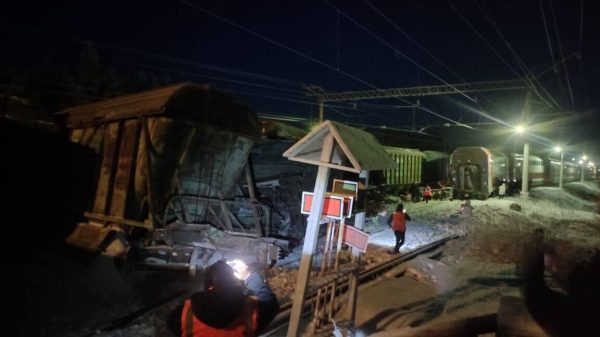
Many migrants are seeking to reach Europe through Ceuta and a second Spanish exclave, Melilla
Credit: Alexander Koerner/Getty Images
Spain’s Constitutional Court has ruled that the controversial practice of forcing migrants back onto Moroccan soil after they have scaled the border fences that surround Spanish territories in North Africa is legal.
So-called “hot expulsion” or rejection at border was codified into Spanish law in 2015 after the practice had been challenged by NGOs, who said that border police in the territories of Ceuta and Melilla were violating migrants’ human rights by bundling them out through gates in the fence and denying their right to request asylum.
The constitutional court said in its ruling that “the purpose of rejection at border… is to restore a state of legality violated by the attempt by foreign people to cross that specific land border in an irregular manner”.
The ruling cited a European Court of Human Rights decision earlier this year, which also said that two migrants who sued Spain “had put themselves in an illegal situation by trying to enter Spanish territory in an unauthorised way” by scaling the razor-wire fence marking the border between Morocco and Melilla.
Spain’s constitutional court also stated that the procedures for legal entry into Spain must be effectively on offer, but CEAR, a refugee support organisation, has repeatedly said that sub-Saharan migrants are prevented from lodging asylum requests at Ceuta and Melilla’s border posts.
When in opposition, the two members of Spain’s current ruling coalition, the Socialist party and Left-wing Podemos, were vocal opponents of what they considered summary deportations. But the practice has not stopped since they entered government two years ago.
Interior Minister Fernando Grande-Marlaska has justified mass expulsions as a response to violence used by migrants when storming the fences, which have seen border police injured under showers of projectiles and caustic liquids.
The Spanish government is currently removing razor wire from the fences around its southern territories, but is increasing their height to 10 metres in places.




































































Свежие комментарии